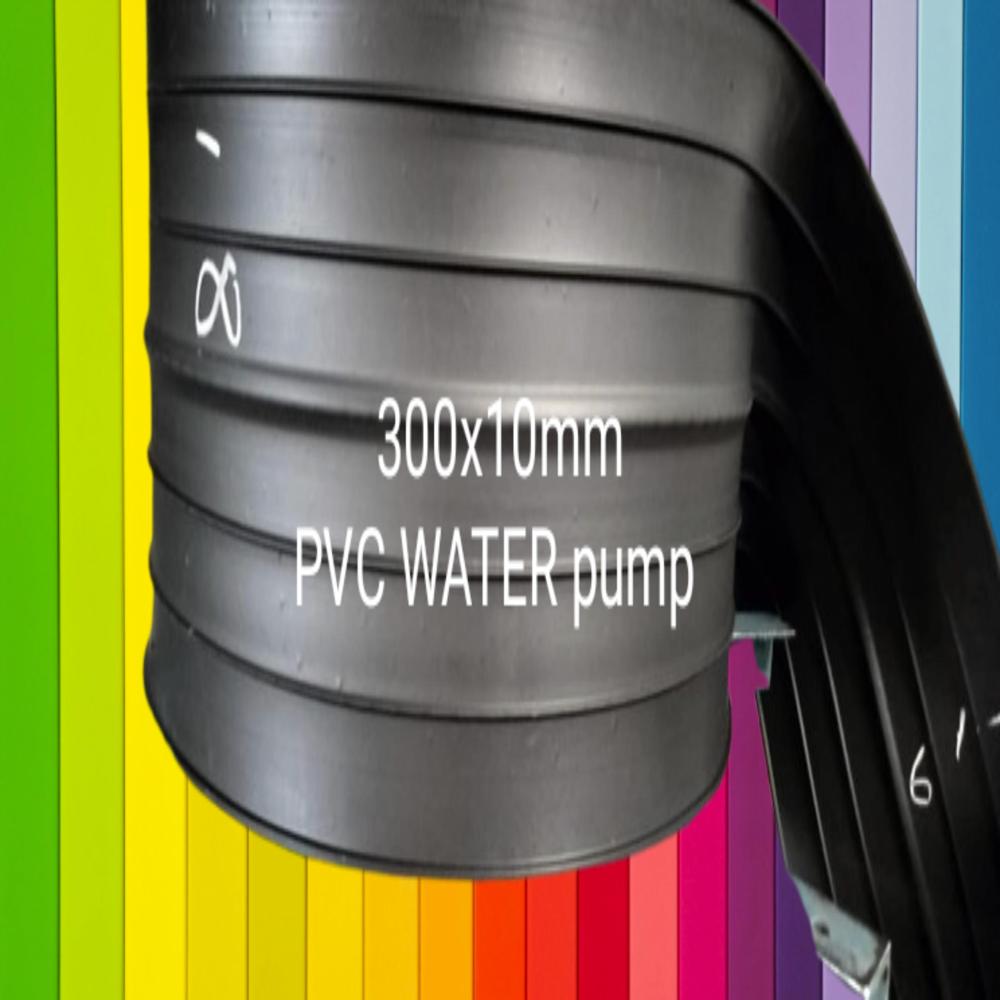pvc water stopper seal 230*5mm
Price 130.00 INR/ Meter
pvc water stopper seal 230*5mm Specification
- Usage
- Industrial
- Material
- PVC
- Size
- Standard
- Thickness
- 5 Millimeter (mm)
- Color
- Black
- Hardness
- High
About pvc water stopper seal 230*5mm
A PVC water stopper seal with dimensions 230*5mm is a type of sealing material used primarily in construction to prevent water ingress at joints in concrete structures, such as foundations, walls, or tunnels. These water stoppers are designed to form a barrier against water seepage, ensuring that the structure remains waterproof even under pressure.
Understanding the Dimensions:
-
230mm (Width): This is the width of the PVC water stopper seal, indicating the area the seal will cover when applied. A 230mm width provides adequate coverage to seal larger gaps or joints between concrete sections.
-
5mm (Thickness): The 5mm thickness refers to the depth of the material, which determines its ability to effectively block water and resist pressure. While thinner than some other options, a 5mm thick water stopper can still be highly effective, especially in applications where less movement is expected.
Key Features of PVC Water Stopper Seals:
-
Waterproofing: PVC water stoppers are primarily used for preventing water from leaking through construction joints or cracks. They create a watertight seal, protecting the integrity of the structure.
-
Durability: PVC is known for being resistant to chemicals, UV radiation, and environmental wear. This makes PVC water stoppers durable and suitable for long-term use in various construction projects.
-
Flexibility: PVC water stoppers are flexible, allowing them to be applied to joints and other areas that may experience movement or slight shifting, maintaining a tight seal under varying conditions.
-
Pressure Resistance: PVC water stoppers are designed to withstand water pressure, ensuring that they provide effective sealing even when the surrounding area is exposed to high water pressures, such as in underground or submerged applications.
-
Ease of Installation: These seals are typically installed during the concrete pouring process. They are placed in the formwork or joint where water resistance is needed, ensuring a seamless application.
Common Uses:
-
Construction Joints: These are used in concrete pours, where the joint between two slabs or sections of concrete needs to be sealed to prevent water from seeping through.
-
Tunnels and Underground Structures: PVC water stopper seals are widely used in tunnels, basements, and other subterranean structures to prevent water infiltration.
-
Water Retaining Structures: In dams, reservoirs, and water treatment plants, PVC water stoppers are used to create a waterproof barrier at construction joints.
-
Pipe Penetrations: They are also used around pipes that pass through concrete walls or floors, ensuring that no water leaks around the pipes.
Advantages:
-
Effective Water Resistance: The primary advantage of PVC water stopper seals is their ability to provide an effective barrier against water infiltration, keeping structures dry and protected.
-
Long-Lasting Performance: PVC's durability ensures that the seal will last over time, even in harsh environmental conditions.
-
Low Maintenance: Once installed, PVC water stoppers require minimal maintenance, making them a cost-effective solution for long-term waterproofing.
Benefits Over Traditional Seals:
-
Ease of Use: PVC water stoppers are relatively easy to install compared to some traditional methods, reducing installation time and labor costs.
-
Adaptability: Their flexibility allows them to be used in a variety of applications, including both large and small joints.
Would you like more specific guidance on where to use this particular size of PVC water stopper seal or how to install it?


Price:
- 50
- 100
- 200
- 250
- 500
- 1000+
More Products in PVC Water Stopper Category
PVC Water stopper 150*8mm
Price 110.00 INR / Meter
Minimum Order Quantity : 1 Meter
Hardness : Medium
Application : PVC Water stopper
Thickness : 10 Millimeter (mm)
Feature : Smooth Surface
PVC Water stopper 230*12mm
Price 230.0 INR / Meter
Minimum Order Quantity : 1 Meter
Hardness : 65 Shore A
Application : Tanks Dam Water Projects
Thickness : 3 mm Millimeter (mm)
Feature : Waterproof

 Send Inquiry
Send Inquiry






 Send Inquiry
Send Inquiry Send SMS
Send SMS Call Me Free
Call Me Free